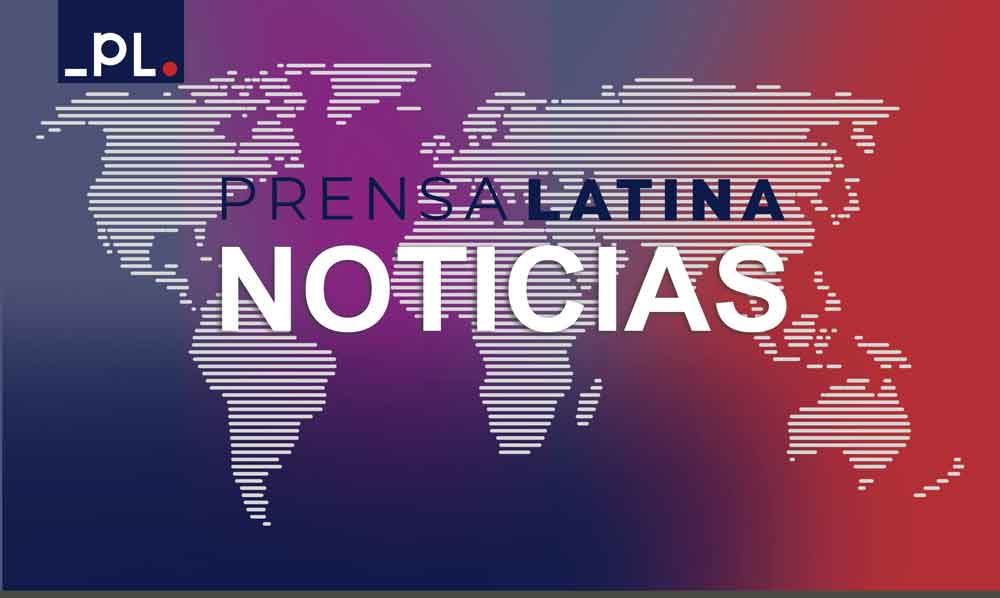Of the 1,509 vaccination sites installed during the pandemic, 81.3 percent were located between zero and one kilometer from the main road network, the analysis says.
Such a situation made it impossible for people to reach the doses, says the director of the GT Data Laboratory, Óscar Chávez.
The graph shows that the municipality of Patzún, in the central department of Chimaltenango, has only one drug use center established, which is one of the reasons why coverage with a full system was only 58.3 percent.
The document points out the location of health centers and that 54 percent of the country’s population (9.5 million) live in urban areas and 46 percent (just over eight million) live in rural areas.
Various reports warned that anti-Covid-19 vaccination sites are no longer functioning, although 7.78 million doses available in the country remain unused and expired.
In 2022, Guatemala stopped purchasing vaccines against SARS-CoV-2, the virus that causes Covid-19, because it failed to meet the goal of immunizing 70 percent of residents set by the World Health Organization (WHO).
Since March 13, 2020, when the government announced the first positive patient here amid the global emergency, the number of infections stands at 1,278,285, according to the latest update.
On the other hand, 20,264 Guatemalans died from the disease, representing a mortality rate of 120.2 per 100,000 population and a fatality rate of 1.6 percent.
Although the number of active cases has fallen to 333 from 6,116 in mid-July, the country barely exceeds 52 percent of the population vaccinated against Covid-19 with one dose and 41.5 percent with two (7.1 million) .
npg/znc

